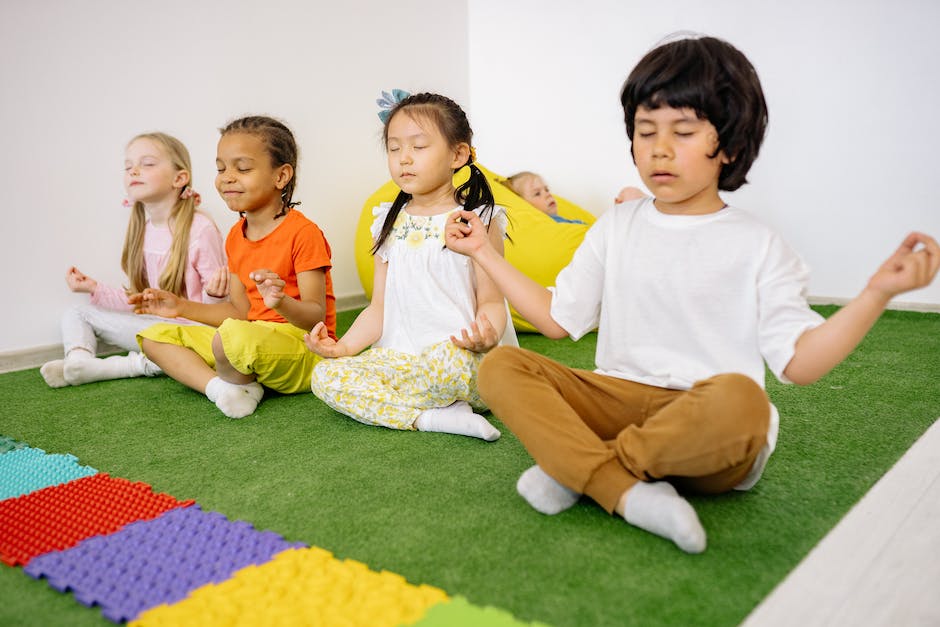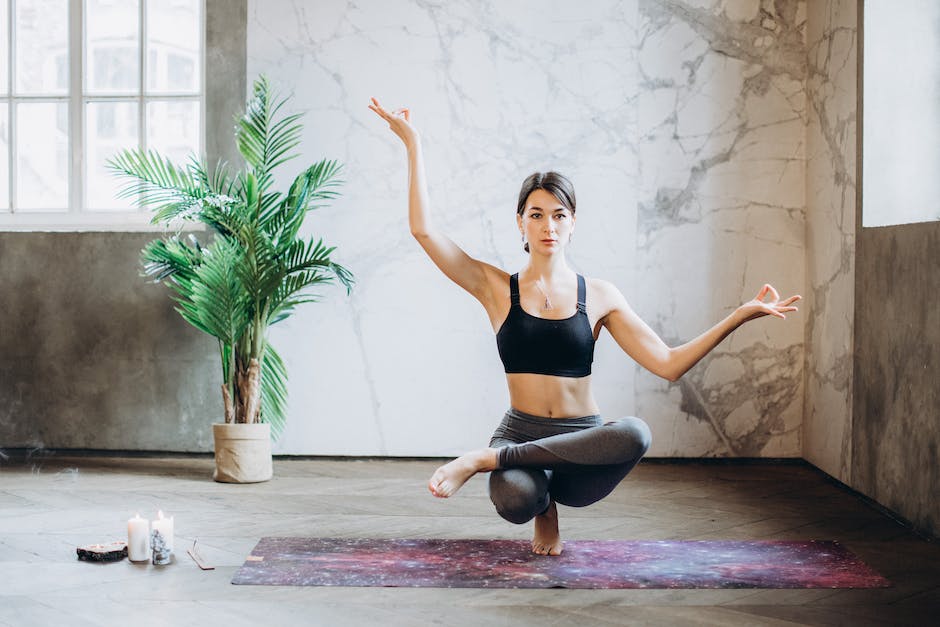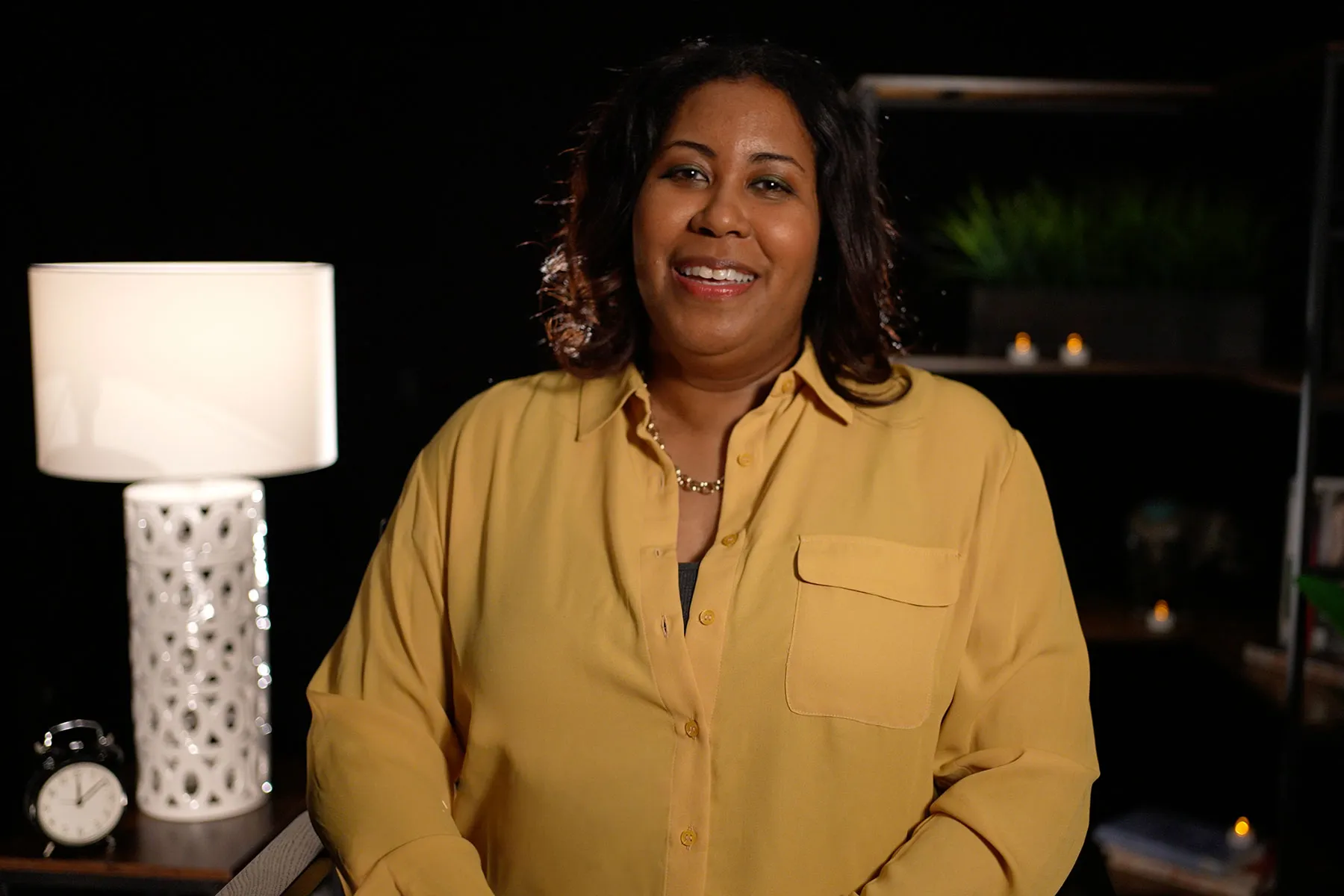
Fixing Insomnia With Yoga
Insomnia is a common sleep disorder that can have significant negative impacts on your daily life. Difficulty falling asleep or staying asleep can lead to feelings of fatigue, irritability, and difficulty concentrating.
There are many potential causes of insomnia, including stress, anxiety, and poor sleep habits. One effective way to improve sleep quality is through the practice of yoga.
Yoga is a physical, mental, and spiritual discipline that involves the performance of poses, or asanas, combined with deep breathing and meditation. It has been shown to have a number of benefits for both physical and mental health, including reducing stress and anxiety, improving flexibility and strength, and promoting overall well-being.
Here are some of the best yoga techniques for improving sleep:
Yoga Nidra: Also known as "yogic sleep," this technique involves lying down in savasana (corpse pose) and guiding the mind through a series of body sensations and visualizations. It is a deeply restorative practice that can help to calm the mind and promote relaxation.
Pranayama: Pranayama refers to the practice of controlling the breath through various techniques, such as alternate nostril breathing and extended exhalation. These techniques can help to relax the mind and body, making it easier to fall asleep.
Restorative Yoga: Restorative yoga involves the use of props, such as blankets and blocks, to support the body in a variety of poses. This allows the body to fully relax and release tension, leading to a sense of calm and well-being.
Yoga for the Vagus Nerve: The vagus nerve is a cranial nerve that plays a role in the regulation of the body's stress response. Certain yoga poses, such as forward folds and child's pose, can stimulate the vagus nerve and help to reduce anxiety and improve sleep.
Incorporating these yoga techniques into your daily routine can help to improve your sleep quality and reduce the symptoms of insomnia. It is important to remember to listen to your body and only do what feels comfortable and safe for you. As with any physical activity, it is always a good idea to consult with a healthcare professional before starting a new yoga practice.
Popular Blog Posts
Latest News
Unveiling Our Yoga-Centric Universe
Embark on a holistic wellness journey with our experienced team of yoga enthusiasts, instructors, and advocates. Our mission, driven by expertise and zeal, is to make yoga a rewarding and accessible practice for all skill levels—from beginners to advanced yogis. But we go beyond yoga; we also delve into complementary areas like mindfulness techniques, guided meditation, and self-care rituals. These interrelated disciplines, we assert, are essential for unlocking a balanced, serene, and fulfilling lifestyle.
Favorite Yoga Resources
Your Daily Dose of Yoga Wisdom
"Yoga transcends the conventional definitions of an exercise regime; it is a way of life, a profound science that unravels the boundless potentials of our mind and soul."
- Anamika Mishra







